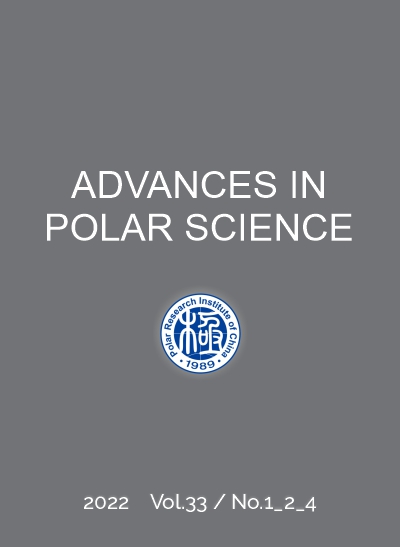Publication: Advances in Polar Science (APS). Vol. 33, No. 2, 167~180, June 2022
To download the publication please click on the download link at the bottom of the page
Author: LIN Lidong, WANG Nengfei, HAN Wenbing, ZHANG Botao, ZANG Jiaye, LI Qinxin, QIN Yiling, WANG Long, ZHANG Fang and LIU Jie
DOI: 10.13679/j.advps.2021.0052
CNARC member: Polar Research Institute of China (PRIC)
Abstract: Glacial meltwater runoff is a dynamic ecosystem. On the one hand, nutrient concentration changes as it flows from upstream to downstream, and on the other hand, bacterial community structure changes due to its contact with nearby soil during the flow process. We studied meltwater and soil in the Midre Lovénbreen glacier region, to explore changes in bacterial diversity as meltwater flows, and the relationship between meltwater and soil bacterial diversity. As glacial meltwater flows from upstream to downstream, the relative abundance of dominant bacterial groups changes. In addition, we found that during the flowing process, nutrient exchange and bacterial contact had occurred between the meltwater runoff and the soil. As a result, the distribution patterns of some bacteria in the meltwater are very similar to those in the soil. Finally, we combined distance-based redundancy analysis and weighted correlation network analysis to show that NO3−-N and NO2−-N are the most two significant factors affecting glacial meltwater and soil, respectively. Our results suggest that in such a close-knit ecosystem, the interaction of glacial meltwater with soil, as well as environmental factors, together determine bacterial community composition.


